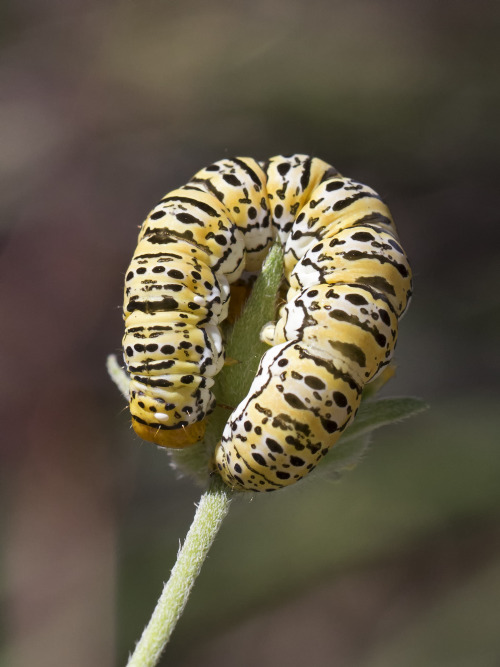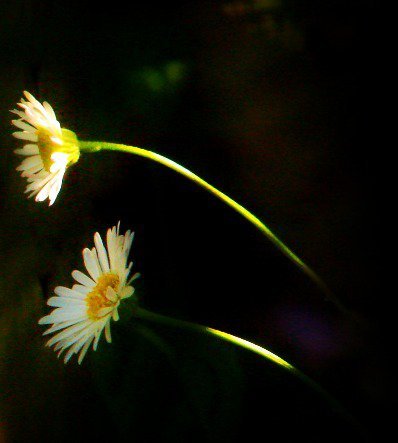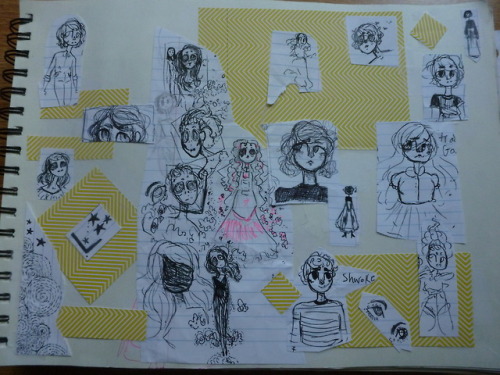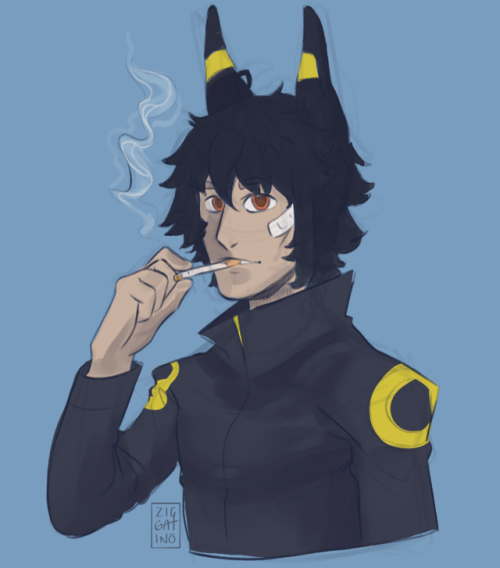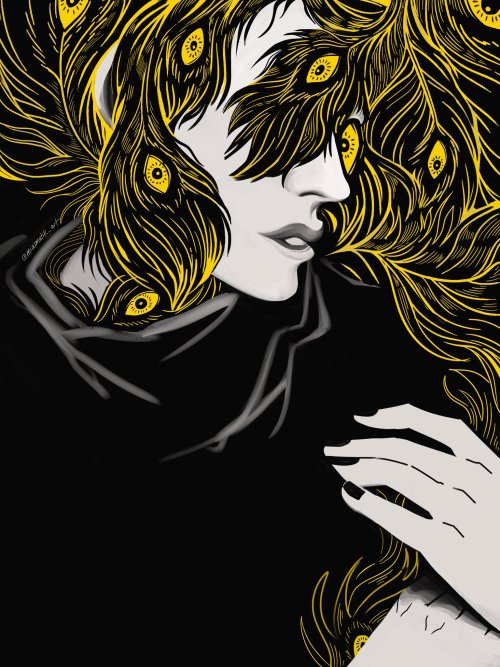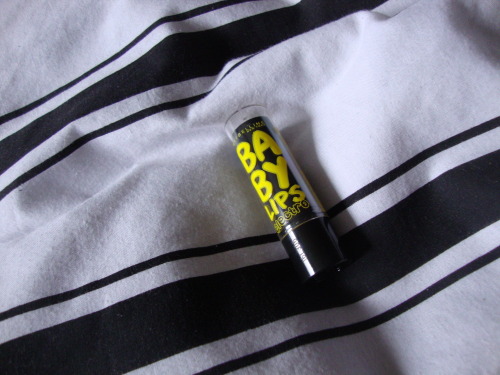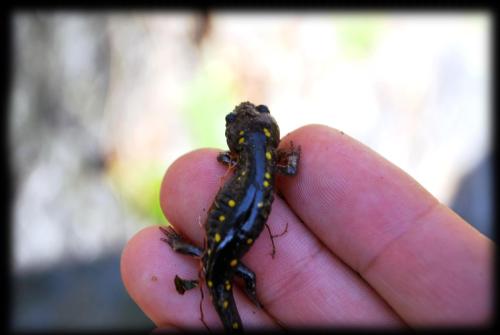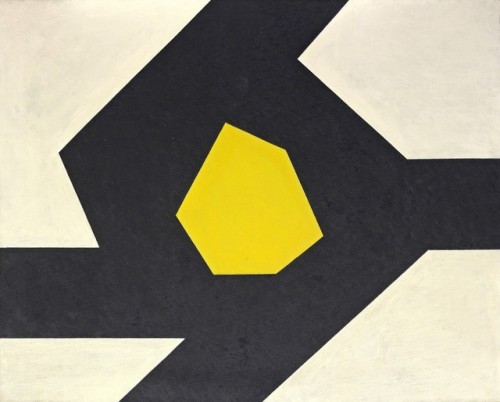#black and yellow

Black & Yellow
Argiope amoena, (Kogane-gumo) (”Golden Spider”)
“In North America, Argiope aurantia is commonly known as the black and yellow garden spider,zipper spider,corn spider, or writing spider, because of the similarity of the web stabilimenta to writing.The East AsianspeciesArgiope amoena is known in Japanaskogane-gumo. In the Philippines, they are known as gagambang ekis (“X spider”), and gagambang pari (“priest spider”, due to the spider’s body resembling a priest’s head with a mitre).
The average orb web is practically invisible, and it is easy to blunder into one and end up covered with a sticky web. The visible pattern of banded silk made by Argiope is pure white, and some species make an “X” form, or a zigzag type of web (often with a hollow centre). The spider then aligns one pair of its legs with each of the four lines in the hollow “X”, making a complete “X” of white lines with a very eye-catching spider forming its centre.The zigzag patterns, called stabilimenta, reflect UV light.[3] They have been shown to play a role in attracting prey to the web, and possibly in preventing its destruction by large animals. The centres of their large webs are often just under 1 metre above the ground, so they are too low for anything much larger than a rabbit to walk under. The overtness of the spider and its web thus has been speculated to prevent larger creatures from accidentally destroying the web and possibly crushing the spider underfoot.“ –Wikipedia
These garden spiders can grow to intimidating size (as shown above) and can spin webs that span a creek, sidewalk, or garden path, which is as startling as you may imagine for both the spider and the human trying to traverse the sidewalk. However, the Kogane-gumo is a lovely and helpful predator friend who will pick her territory and stick to it, not wanting to run across anybody’s bed at night like her cousin the cheeky Huntsman.
Kogane-gumo are most often found in the summer time after hatching, where they will spread away from their hatching site and set up little webs along the same stretch of road or shrubbery and then grow fat during the warm season.
Further reading: Link
Post link
Afterjam Highlights coming in 3…2…1..more day!



Marco and Georgia reppin some personalised Yeti jackets.
Maggi Hambling—Leonard Cohen,2017.
Post link
Charles Green Shaw—Flight in Space,1968.
Post link


